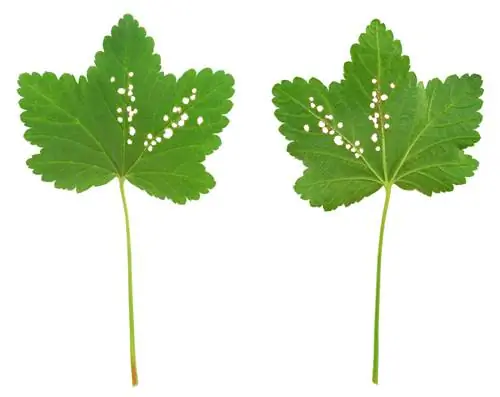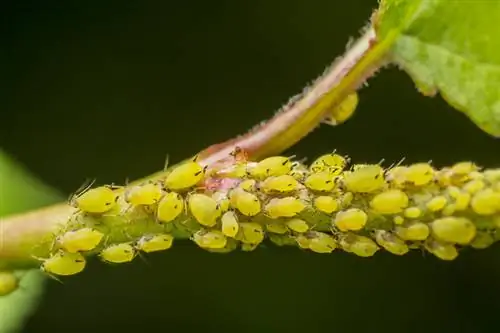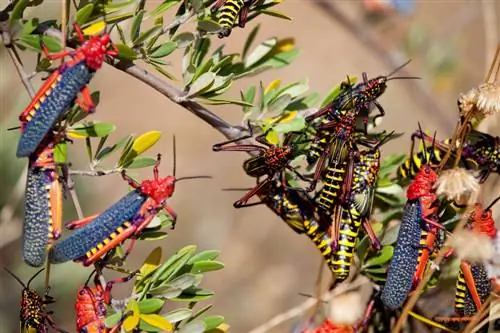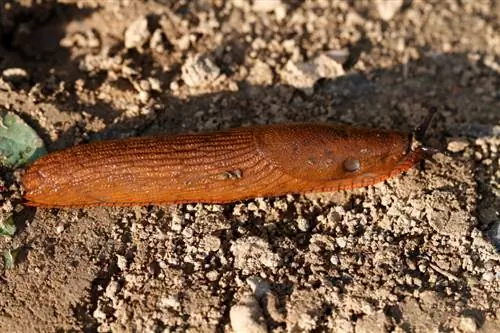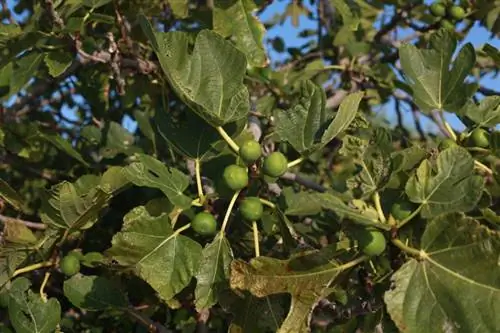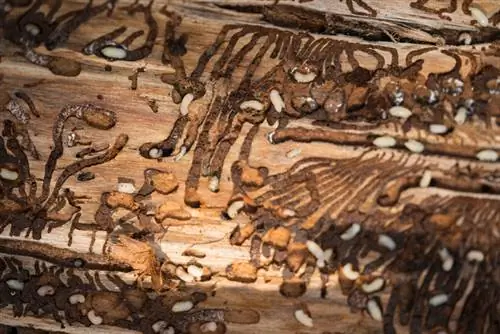- Author admin [email protected].
- Public 2023-12-16 16:46.
- Last modified 2025-01-23 11:20.
A number of pests endanger currants in the garden. Not only lice, but also mites and caterpillars eat the leaves, damaging the shoots and preventing a good harvest. What signs can you tell which pests have attacked the bushes? Which measures help?
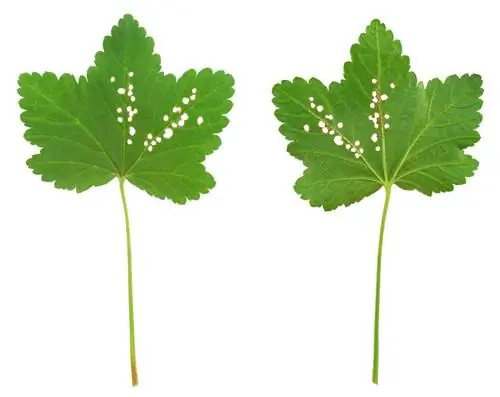
Which pests most often attack currants?
The most common pests on currants are yellow gooseberry sawfly, bladder louse, leaf gall midge, gall mite and glasswing. They can affect the plants through leaf damage, deformation, stunting and shoot death. Regular checks and targeted measures help to keep the infestation at bay.
The most common pests of currants
- Yellow gooseberry sawfly
- Blister louse
- Leaf gall midge
- Gall mite
- Glasswings
Gooseberry sawfly
From spring to summer, wasps eat the leaves of the plant, often leaving only a leaf skeleton. Place an infected leaf under a magnifying glass and see the small larvae.
Collect the larvae by hand or tear off the entire leaf.
Blister louse
The bladder louse causes discoloration of the leaves. In red currants the leaves turn red, in white and black varieties they take on a yellowish tint. Bubbles form on the top of the leaf.
If the plant is infested, spray it with dissolved soft soap or other home remedies against aphids. Nettle manure has proven very useful here.
Gall midge
The full name of this pest is currant leaf gall midge. It only occurs on black currants. The leaves curl up and the shoot tips wither. This is due to small larvae that are difficult to control.
Cut off all affected shoots and remove curled leaves.
Gall mite
Here, the infestation can be seen in spring when the buds are unusually swollen. As the mites continue to develop, they form galls, small bumps on the leaf. The buds die, the leaves become deformed and eventually fall off.
If infested, spray the plant every week with tansy decoction. Cut off all affected parts of the plant and also collect the fallen leaves and buds.
Glasswings
This is a type of butterfly that lays its larvae in the shoots. They eat their way through the shoot and cause it to die.
Diseased shoots are cut out. An insect net set up in spring prevents the butterfly from laying its brood on the currant.
Tips & Tricks
Basically it can be said that strong, he althy currants cope well with most pests. Spray the plant often with nettle broth. This strengthens the leaves and limits damage caused by lice, mites and caterpillars.

